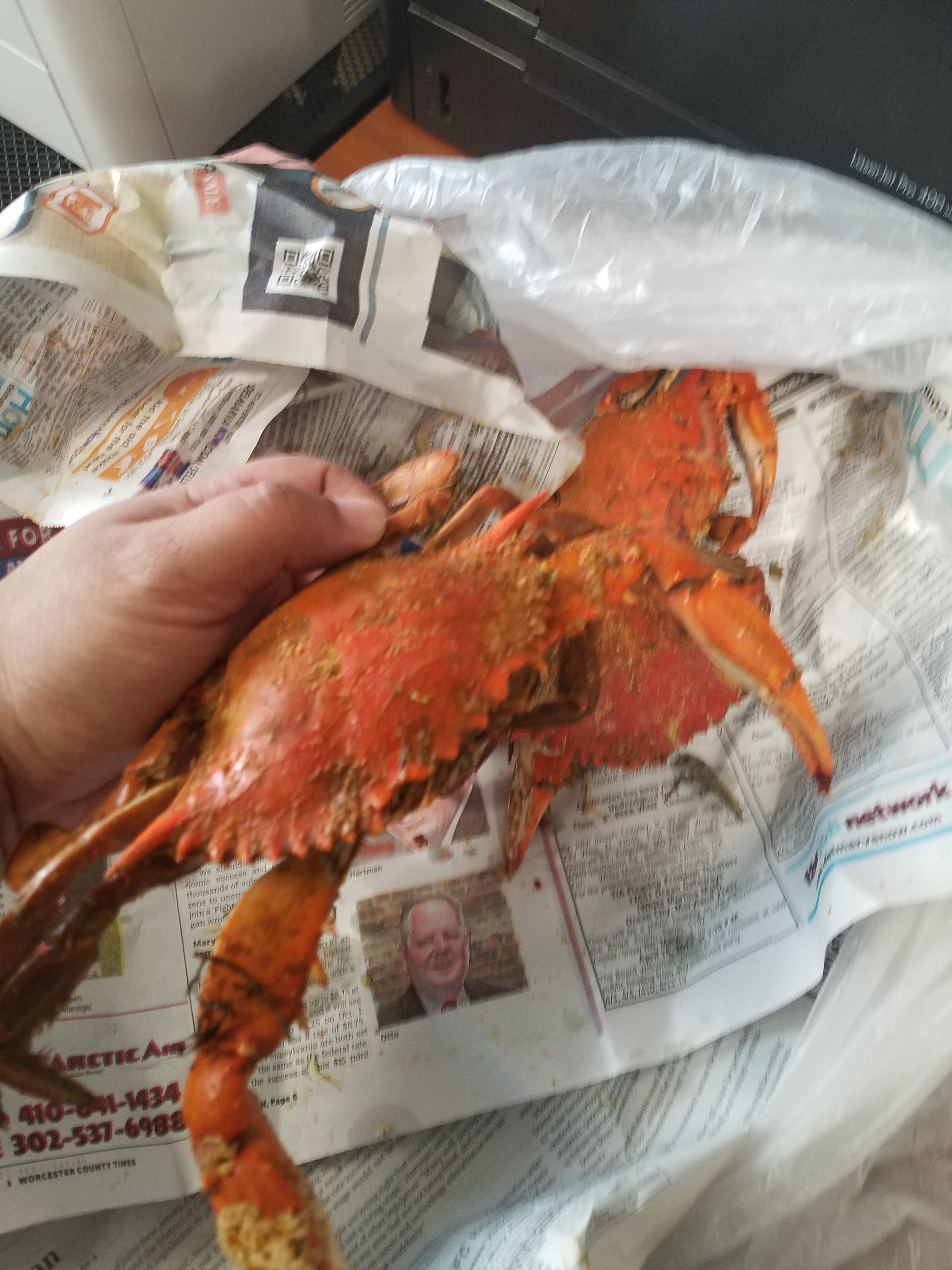

Some of those surveys suggested a higher figure-11.6%-of the total male commercial harvest. Those surveys suggested recreational crabbing amounted to 5-8% of the total commercial harvest. To get it, managers relied on surveys and other voluntary self-reports from recreational crabbers conducted in 2001, 2002, 20. Since recreational crabbers are not allowed to harvest females-one of the new regulations put in place in 2008 to ensure blue crabs continue to spawn-comparing "total male" harvests in theory offers a better apples-to-apples comparison.īut the 8% figure has its skeptics. Right now, the Chesapeake Bay Stock Assessment Committee estimates recreational harvest to be 8% of the total male commercial harvest. Particularly within the commercial sector, fishers are concerned about how big the recreational fishery is and whether that is possibly impinging on their ability to fish themselves." "And a lot of people are concerned about the recreational fishery. "The recreational fishery is a bit of an unknown," said Robert Semmler, a doctoral student at Lancaster University and lead author of the new study, published March 15 in The Canadian Journal of Fisheries and Aquatic Sciences. This leaves managers in the awkward position of having to make their best educated guess. But recreational crabbers have no such obligation. Commercial crabbers are required to report how many crabs they catch each season. To keep that recovery going, fishery managers need a clear idea of how many crabs end up in commercial traps and on the tables of recreational crabbers.

Once declared a "commercial fishery failure" in 2008 after years of record low numbers, blue crabs have made a somewhat bumpy but steady comeback over the past decade. "It's such an important cultural activity here to go out and harvest crabs," said Matt Ogburn, a biologist with the Smithsonian Environmental Research Center (SERC) and co-author of the new report.


 0 kommentar(er)
0 kommentar(er)
